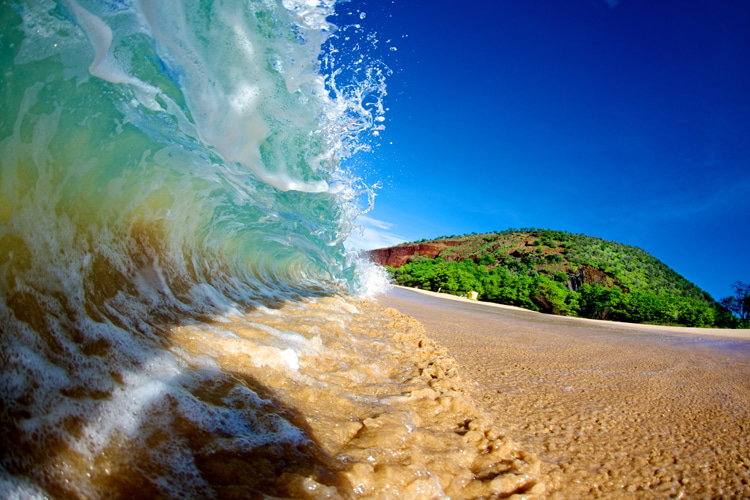Introduction
The beach is a beloved destination for many, offering a blend of relaxation and adventure. At the heart of this coastal paradise lies a dynamic relationship between waves and sand. Understanding how these elements interact not only enriches our appreciation for coastal environments but also highlights their ecological and cultural significance.
The Science Behind Waves and Sand
Waves are more than just a pretty sight; they are powerful forces shaped by gravity, wind, and the earth’s rotation. As they crash onto the shore, they play a crucial role in shaping the beach landscape.
How Waves Form
Waves are primarily formed by wind as it blows across the surface of the ocean. The energy from the wind transfers to the water, creating ripples that develop into larger waves. Key factors that influence wave formation include:
- Wind Speed
- Distance the Wind Blows (Fetch)
- Duration of Wind Exposure
The Role of Tides
Tides, caused by the gravitational pull of the moon and sun, affect wave behavior and the distribution of sand along the beach. Understanding tides is crucial for anticipating wave actions and their impact on sand movement.
The Dynamics of Sand Movement
Sand on the beach is not static; it moves dynamically due to wave action, tides, and currents. This process is known as coastal sediment transport.
Types of Sand Movement
- Longshore Drift: The movement of sand along the beach due to wave angle and current.
- Onshore and Offshore Movement: Waves carry sand towards the shore and back into the ocean.
- Cross-Shore Transport: Sand moves back and forth perpendicular to the shoreline.
Longshore Drift Explained
This phenomenon plays a crucial role in shaping coastal environments. It can lead to the formation of features such as spits and bars, which are essential components of the overall beach ecosystem.
Impact of Human Activity on Waves and Sand
Human activities, such as beach nourishment, coastal construction, and pollution, significantly affect beach dynamics.
Beach Nourishment
Beach nourishment involves adding sand to eroded beaches to maintain their size and health. While beneficial in some cases, it can alter natural processes.
Pros and Cons of Beach Nourishment
| Pros | Cons |
|---|---|
| Protects coastal properties | Can disrupt local ecosystems |
| Enhances recreational space | Expensive and requires regular maintenance |
| Stimulates local economy | May lead to dependency on artificial solutions |
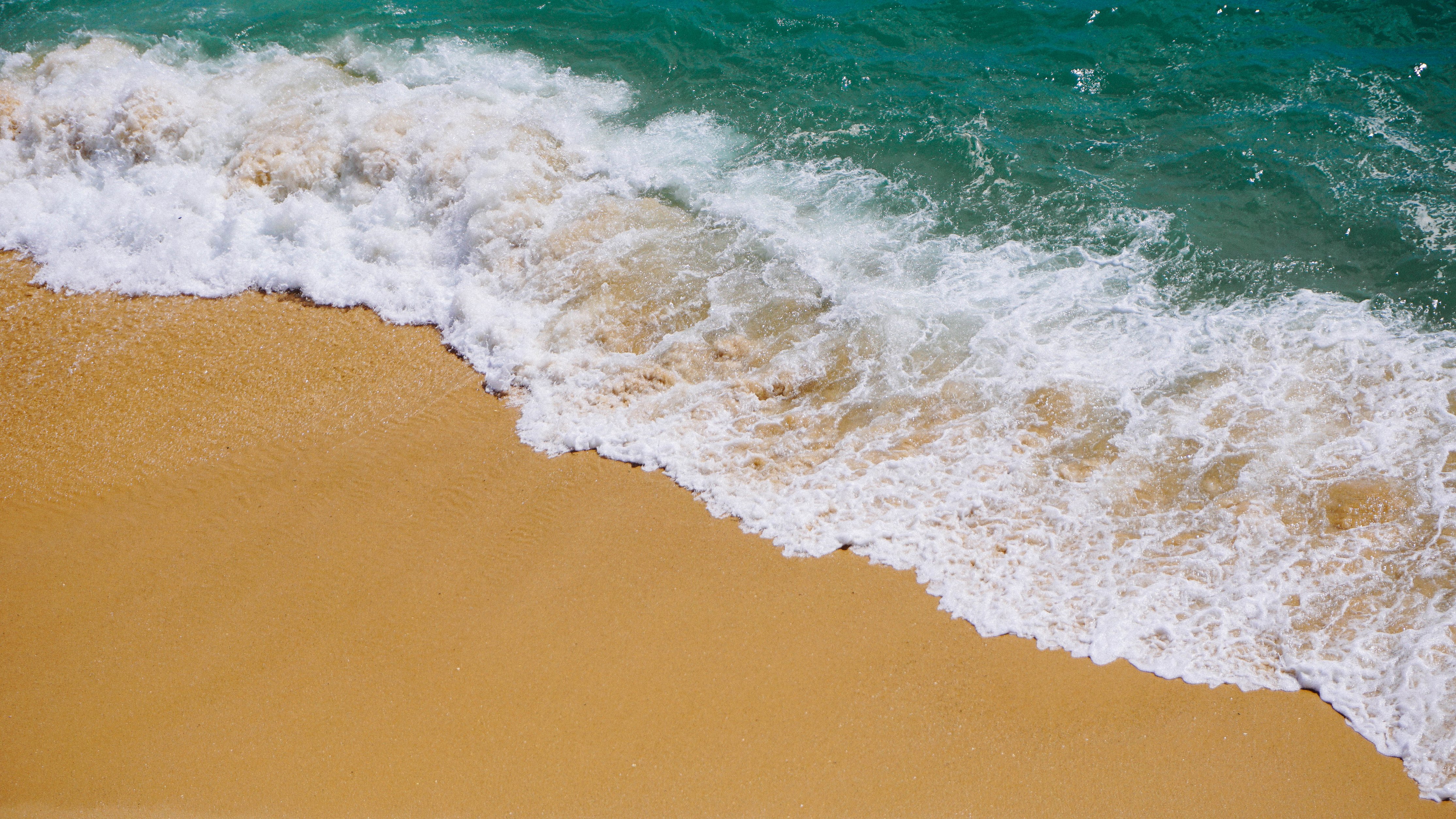
Coastal Construction
Construction of piers, jetties, and seawalls can interfere with natural wave patterns, resulting in increased erosion in adjacent areas.
Cultural Significance of Beaches in America
Beaches are more than just a natural landscape; they serve as cultural hubs for communities across the USA. From the sandy shores of California to the bustling beaches of Miami, they embody local traditions and lifestyles.

Local Experiences: Beach Life
Understanding the nuances of beach culture can enhance your experience. Here are some common activities associated with beaches:
- Surfing: Riding the waves is a beloved pastime in many coastal communities.
- Beach Volleyball: A fun sport that brings people together.
- Sunbathing: Enjoying the sun while relaxing on warm sand.
- Beachcombing: Searching for treasures washed ashore.
Festivals and Events
Many beach communities host annual festivals celebrating their unique culture, such as the Florida Beach Festival and the California Beach Tour.

Environmental Concerns: Protecting Our Beaches
As vital ecosystems, beaches face numerous challenges, including pollution, climate change, and rising sea levels. Conservation efforts are essential to maintain their beauty and utility.
Pollution and Its Effects
Pollution from plastics and chemicals severely impacts marine life and beach health. Participating in beach cleanups and reducing plastic use can help mitigate these effects.
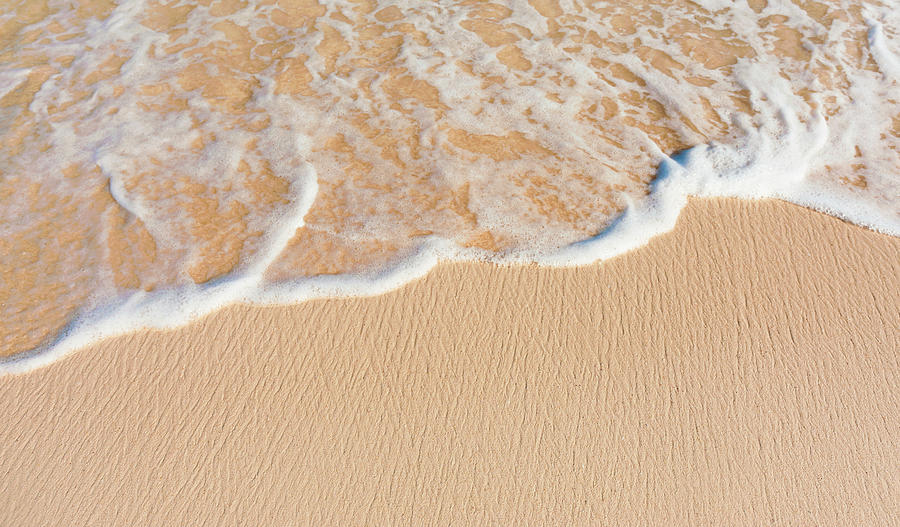
Strategies for Beach Conservation
Some effective strategies include:
- Implementing strict regulations on coastal development.
- Encouraging community involvement in conservation efforts.
- Investing in research and monitoring projects.
FAQs
What causes waves to break on the beach?
Waves break when they approach shallower water, causing the lower part of the wave to slow down while the upper part continues forward, resulting in a crashing effect.
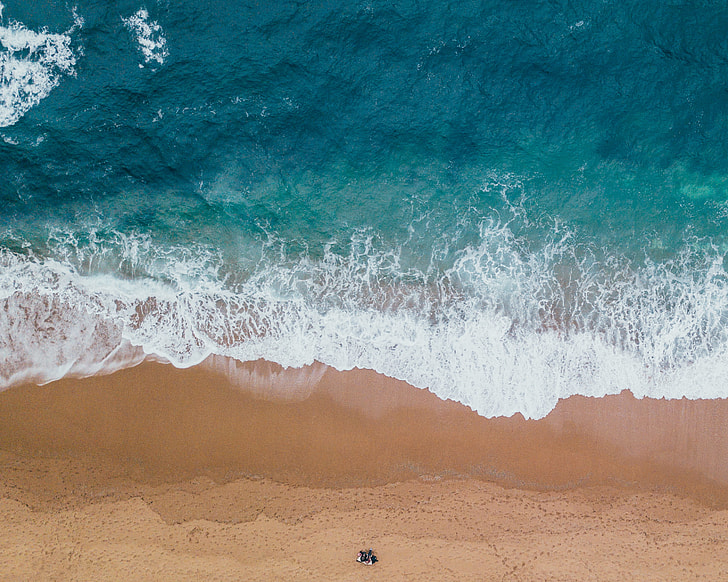
How does sand composition affect beach dynamics?
Sand composition, influenced by erosion of nearby rocks and vegetation, impacts both the beach’s appearance and the way it interacts with wave energy, with finer sand being more easily moved by wind and water.
Can human activity reverse beach erosion?
While certain methods like beach nourishment can temporarily address erosion, they may not provide a long-term solution and might require ongoing intervention.
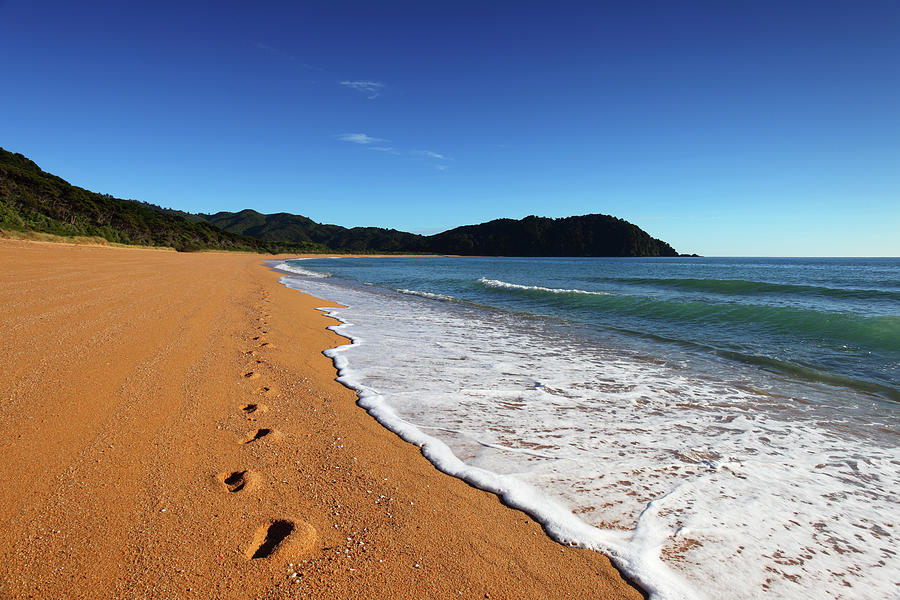
What are the best practices for enjoying beaches while protecting the environment?
Practice Leave No Trace principles, participate in local cleanups, and avoid single-use plastics to help protect the beach environment.
Conclusion
Understanding the intricate relationship between waves and sand on the beach is essential for appreciating these beautiful coastal environments. By fostering a deeper awareness of the science and cultural significance behind our beaches, we can cultivate a greater respect for their preservation and longevity. Enjoy your time at the beach, whether you’re surfing, sunbathing, or simply soaking in the beauty of nature.
